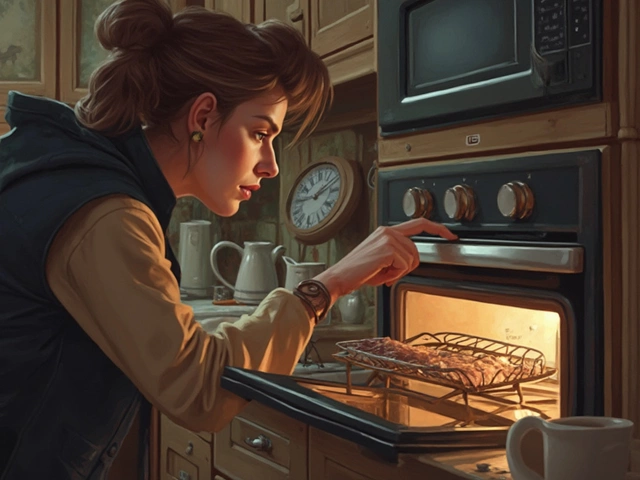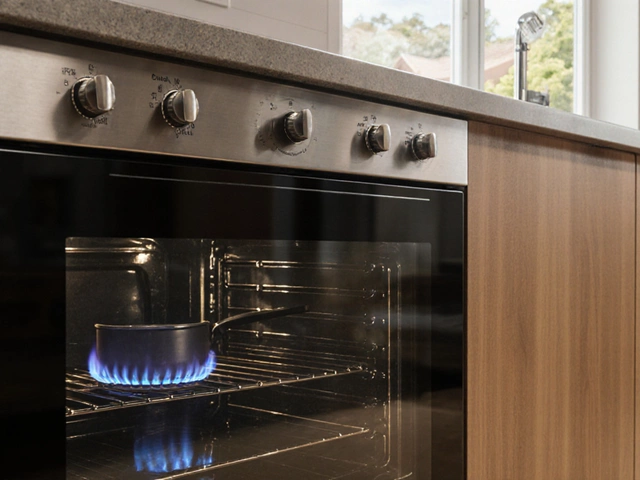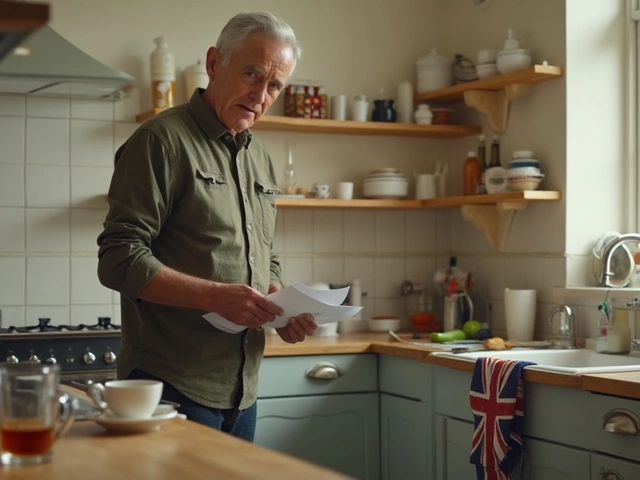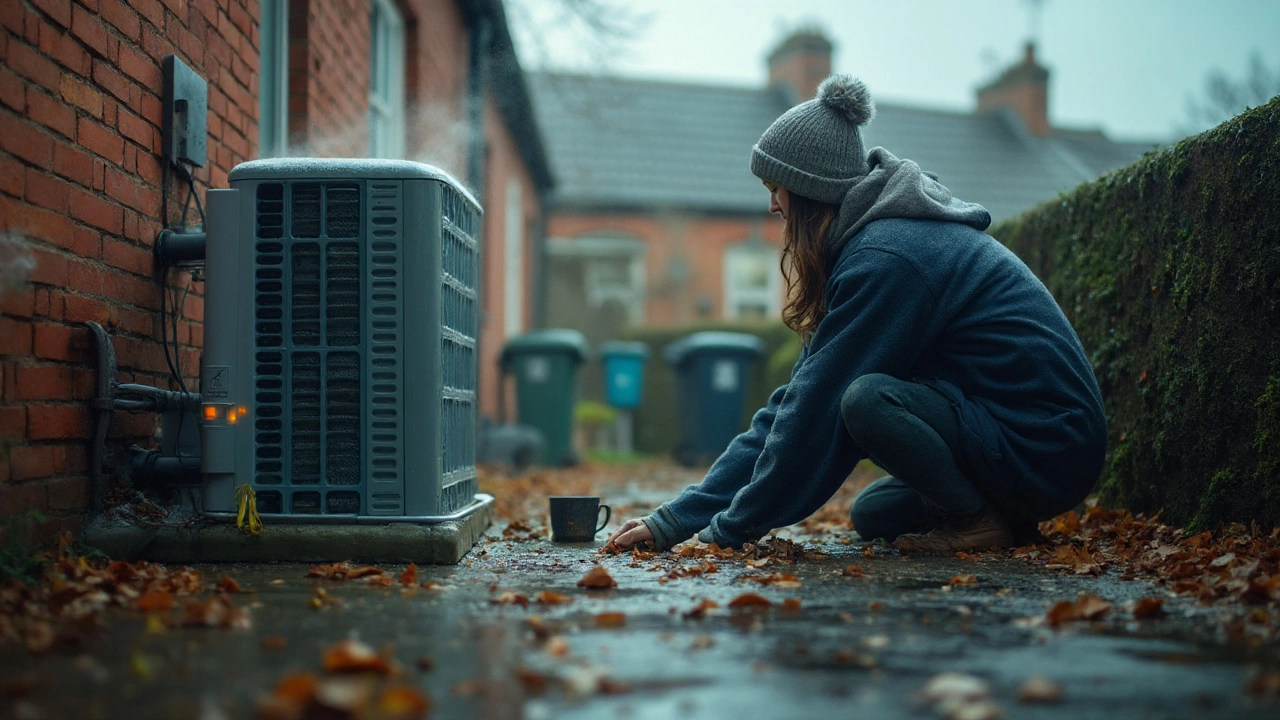Heat Pump Failure Causes: What’s Going Wrong and How to Fix It
If your heat pump isn’t keeping the house cosy, you’re probably wondering why. The good news is most problems have a clear cause and can be tackled before you call a pro. Below we break down the biggest culprits and give you easy steps to check things yourself.
Common Reasons Heat Pumps Stop Heating
Dirty air filter or coils. When dust builds up, airflow drops and the unit can’t move enough heat. You’ll feel weak airflow from vents and the thermostat may stay low.
Thermostat settings. It sounds obvious, but an accidentally set‑to‑cool mode or a low temperature set point can trick you into thinking the pump is broken.
Low refrigerant. A leak or under‑charge means the pump can’t extract heat efficiently. You might hear the compressor run longer than usual.
Blocked outdoor unit. Leaves, snow or debris can cover the fan and condenser. The unit overheats and shuts down to protect itself.
Electrical issues. Tripped breakers, blown fuses or loose wiring stop power from reaching the compressor or fan.
Faulty fan motor. If the fan doesn’t spin, heat can’t be released outside. You might hear a humming sound but no air moving.
Quick Checks You Can Do Yourself
1. Turn off the power. Safety first – switch off the breaker before you touch anything.
2. Inspect the filter. Remove, clean or replace it if it’s dirty. A clean filter should let air flow freely.
3. Look at the outdoor unit. Clear away leaves, twigs or snow. Make sure the fan blades spin freely by hand.
4. Check the thermostat. Set it to “heat” and raise the temperature a few degrees above the room temp.
5. Reset the breaker. If a circuit has tripped, flip it off and on again. If it trips again, you probably have an electrical fault.
6. Listen for the compressor. When the unit runs, you should hear a steady hum. If it’s silent, the compressor may be dead or the start capacitor could be bad.
If any of these steps reveal a problem you can’t fix – like a refrigerant leak or a broken motor – it’s time to call a qualified technician. Trying to repair high‑pressure refrigerant systems without proper training is risky.
Regular maintenance cuts down on most of these issues. A yearly check‑up, cleaning the coils and testing the pressure levels keeps the pump humming for years.
Bottom line: most heat pump failures start with something simple – a clogged filter, a blocked fan, or a thermostat slip. Do the quick checks, keep the unit clean, and you’ll catch problems before they turn into costly repairs.






